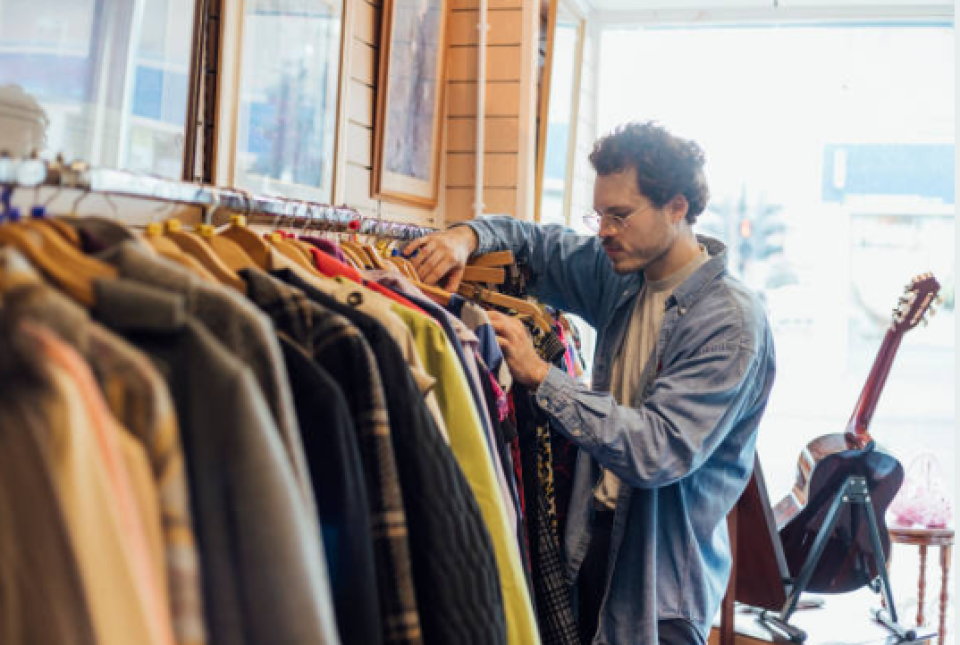Is thrifting the future of fashion?

For years, people have reused and recycled clothes, whether it be for environmental intentions, or to look different in vintage clothing, or to save money and find a bargain, but most recently, it has been to avoid filling landfills. It’s become more apparent than ever that consumers, especially ones of Generation Z, have an increased demand for sustainable fashion.
Previously, it has always been relatively low-key and organic, but now thrifting is becoming a bigger business, marketing teams are wanting to get involved. The concept of thrifting has shifted due to input from Gen Z and the three main factors driving the movement; brand input, influencers, and experience creation. The underlying factor in this shift is the use of terminology. The word ‘vintage’ is replacing ‘secondhand’ and ‘used’, which applies a sense of rare and valuable as would a vintage car.
A perfect example of this is the current trend and hype for vintage sweatshirts. The Champion sweatshirt that would’ve been bought at a ball game in the ’90s will now be worth a lot more than the original price. In the modern day, what is fashionable and what is unique are often synonymous; anyone can wear mass-produced clothing but it takes a certain style and confidence to wear a hard-to-replicate look from vintage clothing.
This phenomenon is going to provide a challenge for fast fashion brands to produce clothes and to marketing to a generation who don’t want to wear the same style as each other.
What is H&M doing?
As with any new trends, this is garnering interest from brands who have realised there is going to be money to be made from recycling and promoting the vintage value to give a unique factor to their clothes. Brands are also under pressure to do the right thing and as Gen Z has a passion for the environmental impact of fashion, brands need to follow suit and display the importance of sustainability in their brand.
H&M has attempted to introduce their recycling initiative, Garment Collecting, but has actually received criticism for it. But credit can be given for any attempt and progress towards sustainable fashion and shopping than none at all. Many big fashion brands have been categorised as ‘fast fashion’ because they started emitting fossil fuels and using cheap labour at a time when it was more accepted, are under more pressure to change their ways and take a step towards sustainability.
Influencer impact
Influencers have an insane about of power over trends and movements at the moment, no matter if it’s a political issue or a fashion statement, and it’s no different for recycling. Emma Chamberlain is a 20-year-old Youtuber with over 10 million subscribers and is well known amongst Gen Z. The vlogger has started many fashion trends and has influence over millions of teens on what to wear and where to shop. She recently posted a video of her thrifting and posted hauls of her new vintage finds. People may not be able to buy the same jacket as influencers anymore but can keep with their aesthetic by shopping in similar places.
Emma’s recommendation to shop at a vintage market called Melrose in LA has resulted in teens travelling across the country to visit it. As with everything else for Gen Z, shopping isn’t merely a transactional activity but an experience, making Melrose a hangout destination and developing a brand for itself.
Other brands are embracing the thrifting movement, Levi’s has launched Levi’s SecondHand, a place to buy used and loved Levi’s denim. Depop, a platform for social shopping and secondhand clothing has been hugely popular with Gen Z and had over two million active users in the month of May 2020.


